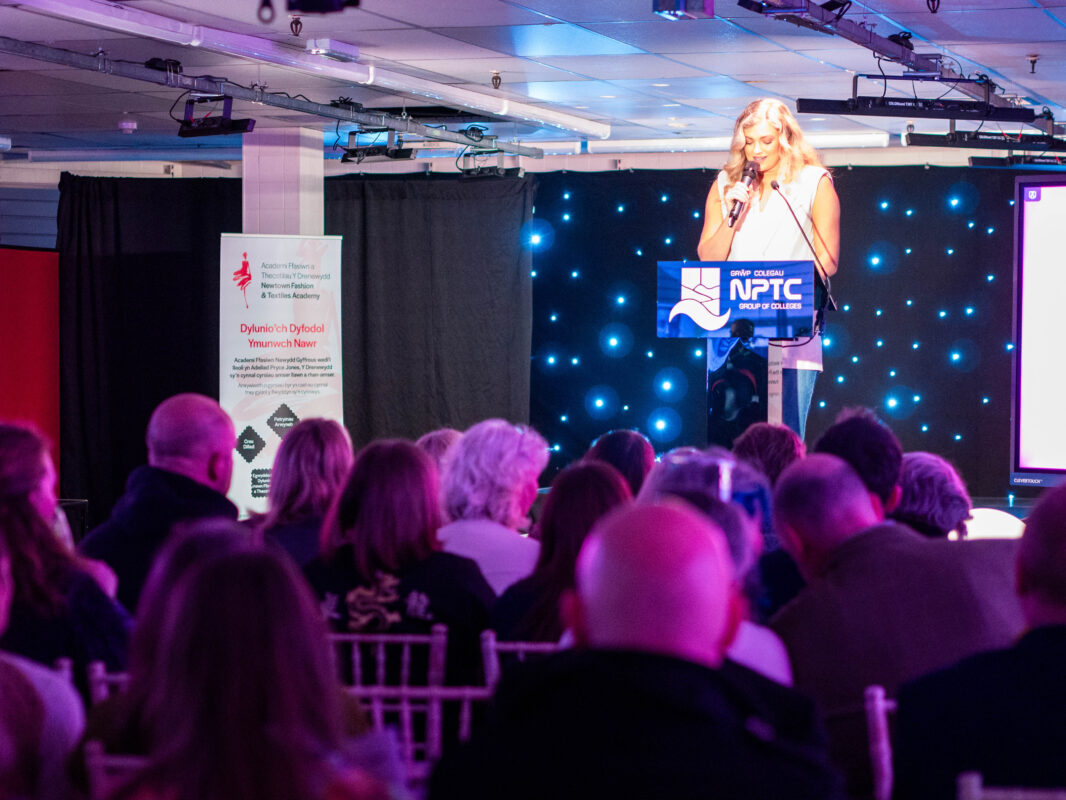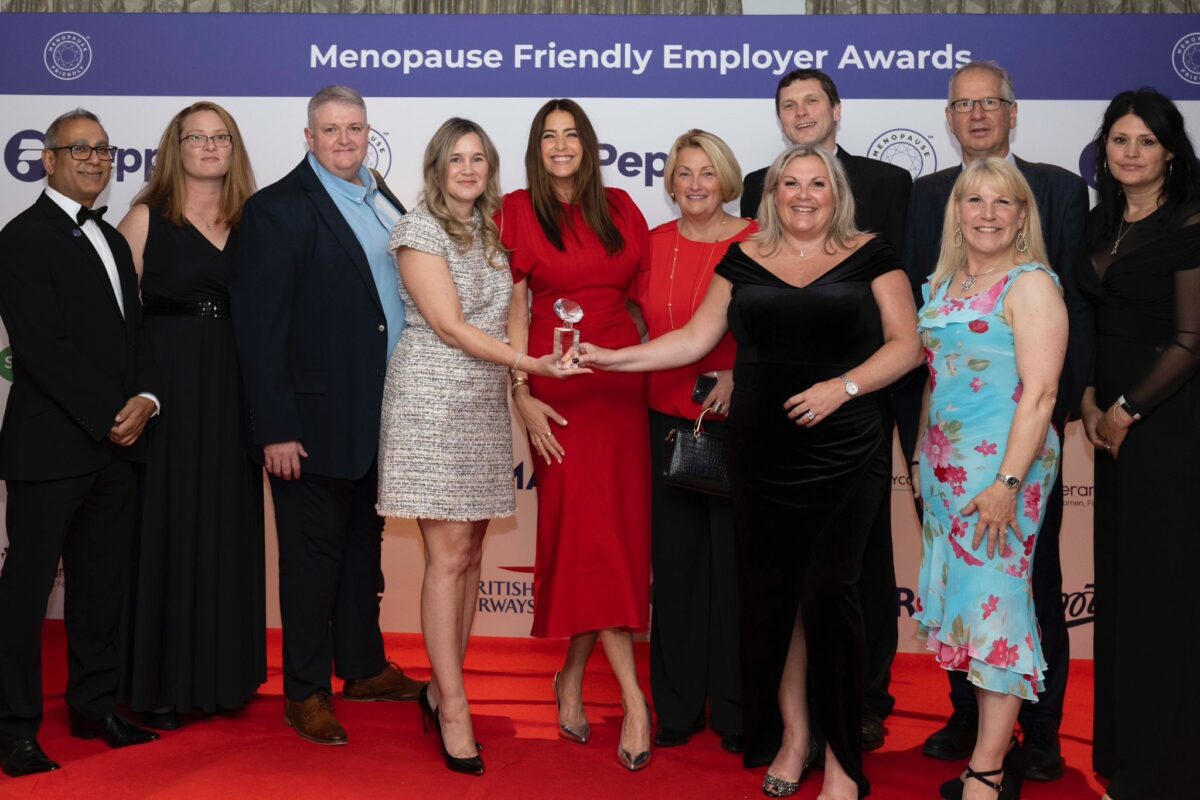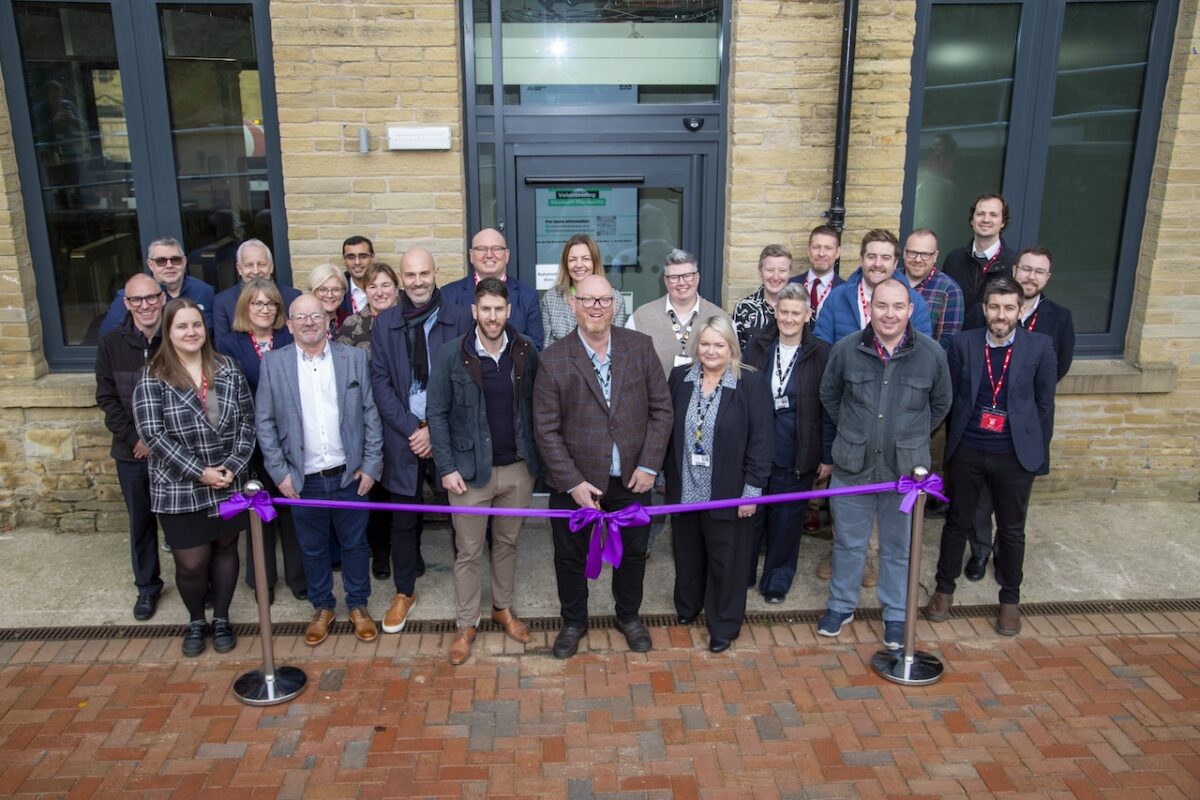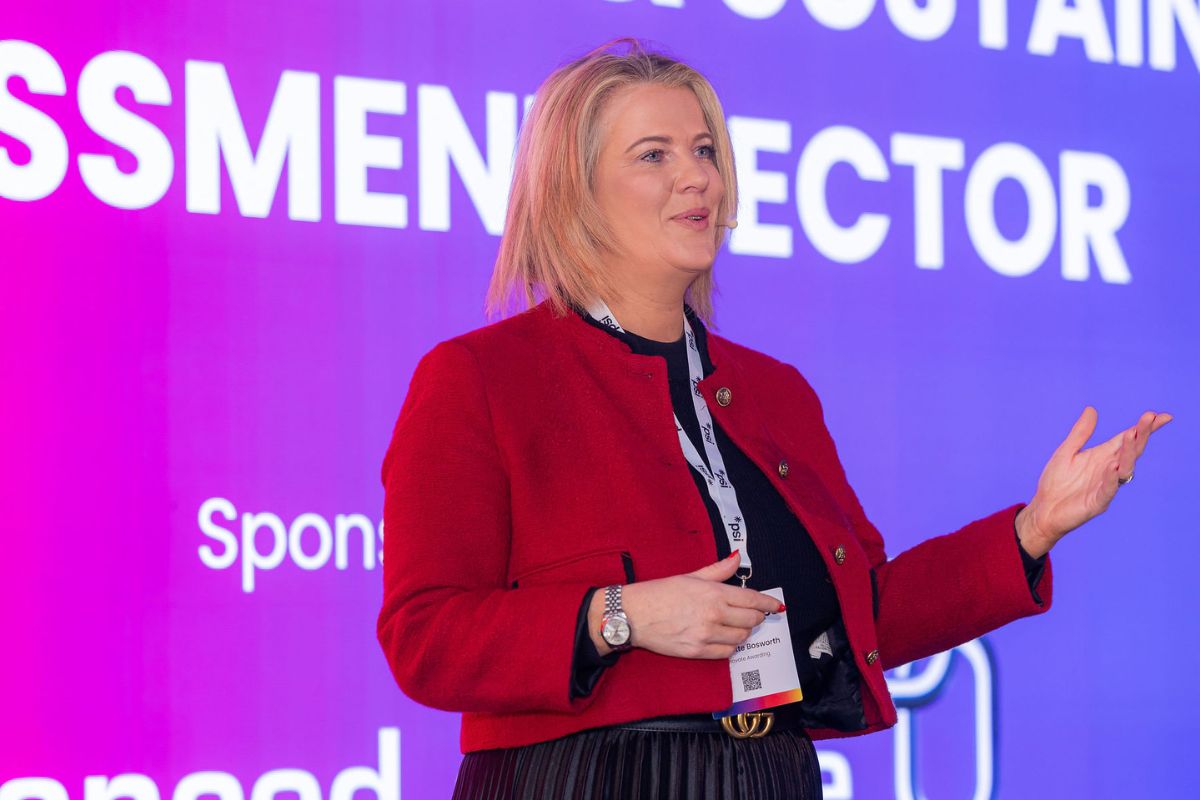How to run a successful Apprentice scheme – What we have learned so far

Building an apprenticeship scheme that meets individual and organisational needs whilst fully utilising the Apprentice Levy is no easy task. I know that we are not alone in trying to do this but we are quite pleased with how it is going and wanted to share some of what we have learned so far.
The Piece
The dictionary definition of success is the accomplishment of an aim or purpose. At Travis Perkins plc, we have some fairly significant aims one of which is to help build the next-generation workforce for the construction sector and a very defined purpose to help build better communities and enrich lives.
Our apprenticeship programme sits at the heart of what we are trying to achieve and we are really proud of what we have built over the last few years. Since the levy’s introduction, we have had 1,500 apprentice graduates and plan to increase that number to over 10,000 by the end of 2030. I wouldn’t say it has been the easiest of journeys but there have been some great learnings along the way.
I could share the entire journey, starting from the moment we realised we had to allocate 0.5% of our payroll to the Chancellor, but I am sure you would get bored. So I thought it might be more helpful to concentrate on three of the crucial lessons we have learned.
Lesson one – Forget it’s an apprenticeship
The first is to forget that you are developing an apprenticeship. Now that may seem a bit odd, but at the beginning back in 2017 we got quite confused trying to work out how to get a training provider to understand our needs. How to find the right apprenticeship standard, and how the standard fits the needs of our business. There were a lot of square peg and round hole discussions.
It took us a couple of years to realise we were unnecessarily complicating things. So we took things back to basics and asked ourselves, “What essential knowledge does a colleague in the business need to do their job?”. The theory was that if we trained them on what we needed then we would be training them on what our industry needed.
When we knew what we needed, we then sought an apprenticeship standard that aligned with our requirements and an apprenticeship Provider who could deliver that standard the way we wanted.
Now that wasn’t a simple task and we realised that we weren’t always going to find appropriate providers. The answer was simple and we set ourselves up as an Employer Provider to fill our needs where we could not find an appropriate Training provider.
Today we have an apprenticeship for nearly every job role we have in our business. We have a mixture of programmes ones that we deliver ourselves and ones that are delivered by our external partners
Lesson two – Know what your business needs and work for it.
Now, while this approach worked well where we had the appropriate standard in place, there were instances where the standard required correction or no standard actually existed. Undeterred, we engaged with trailblazers, confident in our understanding of our colleagues’ needs and by participating in discussions, we shaped standards to address those needs. We now contribute to meaningful standards, ensuring our training remains pertinent. Although the ongoing challenge is to maintain relevance, most standards permit development, and our active involvement in trailblazer reviews persists.
This involvement in Trailblazer is critical for any business that wants an effective apprenticeship programme.
Lesson three – Make the training relevant, and keep it relevant.
We were really proud that we had developed the relevant training for our colleagues, the next challenge was getting engagement from across the business. This was not easy as we have hundreds of managers and leaders, each with varying perspectives on apprenticeships which were not always positive. The word ‘apprenticeship’ was a problem, especially within the construction sector with a memory of youngsters straight out of education on their first job. We needed to engage these leaders in utilising this training for all colleagues.
To successfully captivate the hearts and minds of the business leaders we had to address the “why” and “how”.
We started by answering the “why” questions, “Why bother, isn’t it easier to recruit colleagues who are already trained?” or “Why do they need this type of training rather than just an induction?”. The simple answer is the wealth of benefits a business and workforce gain from apprenticeships, including skills development, a talent pipeline of skilled workers aligned with the business and industry’s needs, cost-effective recruitment, fresh perspectives and innovation, employee engagement and retention, and the ability to attract new and diverse applicants. In turn, we meet the ever-changing needs and demands of our customers with expertise and knowledge, ensuring they keep coming back.
These obvious short-term benefits were massively reinforced with the longer-term benefits of how we can build a workforce capable of addressing the challenges of how we modernise and remove carbon from construction. For this, we need a trained diverse workforce.
Then we moved to answer the “how” questions, “How do we do this, it all sounds too complicated”
The key to this was to make things as simple as possible and to do this we employed a team of experts who, in effect, acted as translators to translate the language of education into the language of the business and vice versa. Now it has to be said that the current language around apprenticeships and the rules could be made much simpler to enable us to do less translation, but we are making it work.
This simplified, translated approach was effective resulting in a strong ‘Why’, and the ‘How’ became adopted.
The Impact
Success is not only measured by how high in the ranks you rise but also by what it means to our people personally. Whether it is the success of achieving their apprenticeship, the skillset gained, overcoming limitations, or simply the fact that they can successfully serve our customers with confidence that they didn’t have before. The impact of our apprenticeships is greatly endorsed by those who have completed them and we take pride in our library of spotlight stories to showcase how far they have come. We have seen huge benefits to our business, 50% of our apprentices’ on Level 3 Fitted Furniture, Level 4 Sales, and Level 5 Operations Manager programmes have introduced new customers, and 56% of our apprentices have increased sales initiatives since being on an apprenticeship programme and 20% of our apprentices have implemented new initiatives resulting in a £75k saving.
Apprenticeships are great for individuals, they’re great for our business and they are great for the wider construction industry. Our 1,500 graduated apprentices are already changing our business and our sector for the better and we can’t wait to see what it looks like when we have graduated 10,000 apprentices. So on that note, I better go and get on with it.
By Andy Rayner, Director of Apprenticeships and Early Careers at the Travis Perkins Group
Andy Rayner is the Director of Apprenticeships and Early Careers at the Travis Perkins Group the UK’s largest distributor of building materials. Andy has spent the majority of his career in the construction supply sector in a number of roles but his passion has always been in helping people to grow and develop.
Since the introduction of the Apprenticeship levy Andy’s team have built an award winning programme that is using Apprenticeships to start to address two of the key strategic challenges across UK construction. The programme is bringing diverse talent into the sector addressing the skills shortage and in doing so is starting to prepare the sector for the challenge of net zero construction. A team of colleagues that Andy describes as the Next Generation Workforce.
FE News on the go
Welcome to FE News on the Go, the podcast that delivers exclusive articles from the world of further education straight to your ears.
We are experimenting with Artificial Intelligence to make our exclusive articles even more accessible while also automating the process for our team of project managers.
In each episode, our thought leaders and sector influencers will delve into the most pressing issues facing the FE.











Responses